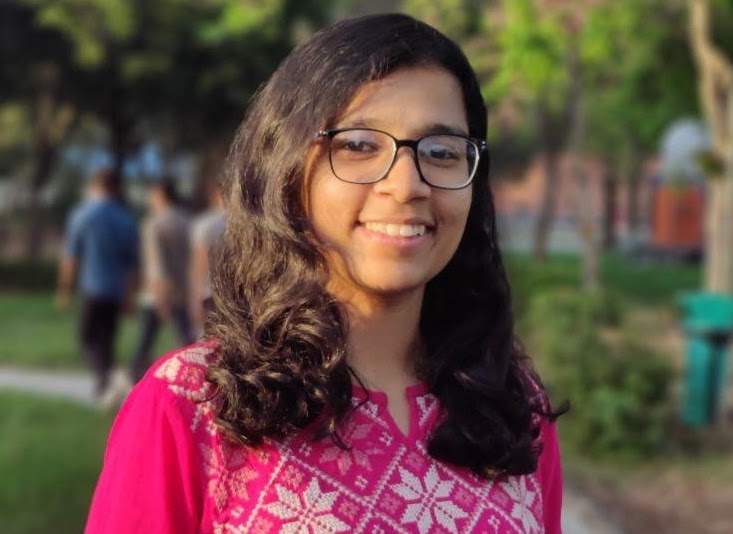Is innovation truly dead, or is it merely resting, waiting for the next surge of ingenuity? The closure of the Capsule Vision 2024 challenge, coupled with the complexities of modern data science competitions, reveals a landscape of shifting priorities and evolving ethical considerations.
The digital world, a relentless engine of progress, occasionally throws up roadblocks. The message "Please refresh to try again" is a familiar refrain, a temporary setback. However, when such a message appears in the context of a high-stakes competition like Capsule Vision 2024, it signifies something more: a potential glitch in the system, a temporary halt in the pursuit of groundbreaking advancements. The announcement that "Result submissions for Capsule Vision 2024 challenge are now closed," coupled with the confirmation that "The registration for Capsule Vision 2024 challenge was officially closed," represents not only the end of a specific event, but also speaks to the cyclical nature of such initiatives. These challenges, often fueled by cutting-edge datasets and driven by participants eager to push the boundaries of what's possible, are the lifeblood of innovation in fields like medical imaging and, increasingly, in diverse applications that extend far beyond the initial scope of their creation. The call for participants to ensure that "their final results are validated using the sanity checker prior to submission for consideration" underscores the importance of rigor and accuracy. In the world of data-driven competitions, these are paramount. This requirement acts as a critical gatekeeper, ensuring that the integrity of the competition is upheld. The emphasis on validation highlights the shift away from the move fast and break things mentality towards a more considered and validated approach, particularly in critical fields where accuracy is not merely a desirable attribute but a fundamental necessity.
The entities involved in this digital tapestry highlight different aspects. The mention of "Misahub," which "stands for medical imaging and signal analysis hub," provides a concrete example of this area. Misahub's core mission to advance the field of medical imaging and signal analysis represents the convergence of technological innovation with the practical needs of the medical profession. The fact that the "dataset was a part of the autowcebleedgen challenge organized by Misahub in collaboration with CVIP 2023" gives an insight into the collaborative nature of these undertakings. The challenge was centered around the analysis of data within a certain area of focus; the collaboration between Misahub and CVIP 2023, therefore, illustrates how knowledge and resources are pooled together in pursuit of specific goals. The availability of "an improved version of this dataset" for use further underscores the iterative nature of scientific and technological progress. The dataset acts as a foundational element, upon which researchers and developers build their models and algorithms. The fact that an improved version exists suggests that as data evolves and new insights are gained, the foundation is refined.
| Category | Details |
|---|---|
| Challenge Name | Capsule Vision 2024 |
| Organizer | Undisclosed, potentially related to Misahub or similar entity |
| Focus Area | Likely related to medical imaging and/or capsule endoscopy, given the "Capsule Vision" and "Misahub" context. |
| Data Source | Likely comprised of medical imaging data, possibly including labeled frames (mentioned as "108,832 labeled frames"). |
| Key Milestones | Registration Closed, Result Submissions Closed |
| Validation Requirements | Participants must validate results using a sanity checker prior to submission. |
| Related Challenges | Autowcebleedgen (organized by Misahub in collaboration with CVIP 2023) |
| Dataset Updates | An improved version of the dataset has been included. |
| Related Entities | Misahub, CVIP 2023 (likely an organization or a conference) |
The vision for Masahub, described as "a digital ecosystem that aims to bridge the gap amid technology and business needs," takes us to a different aspect entirely. This vision suggests a strategic intent to integrate technological solutions with real-world business practices. This is more than a simple goal statement. It implies an ambitious attempt to streamline operations, foster innovation, and create value by connecting the technology with the needs of the corporate world. The notion of a digital ecosystem signals an intention to build a platform where diverse components work together, fostering synergy and enabling the development of novel applications and solutions. The convergence of technology and business is the hallmark of the contemporary global landscape, and a digital ecosystem like Masahubs represents a bid to navigate the complexity of the rapidly evolving digital world.
However, the narrative then abruptly shifts. References such as "Indian new porn download, college girl sex watch, village bhabhi mms watch, college girl fuck mms watch," and "Masahub is a free porn site filled with the hottest indian girls!" and "There is no professional adult studio in india, so amateur recordings are the way to go for those sexy teens trying to attract the attention they and their sexy bodies deserve!" break the flow of the narrative and stand in stark contrast to the discussion of scientific endeavors and technological advancements. This information creates a jarring juxtaposition of the initial context with a different, and arguably exploitative, subject matter. The use of keywords related to adult content represents a deviation from the initial themes of medical imaging, data science, and technological innovation. The statements made related to this area and in this format is a contradiction of the previous statements. It's as if two radically different content streams have merged, creating a complex web of information with an unusual and unexpected shift. The repetitive listing of search terms related to explicit content, coupled with descriptions of amateur recordings and a focus on attracting attention, represents a blatant contradiction to the earlier professional tone.
The phrase "Your browser does not support the video tag" further reinforces the underlying technical aspect, hinting at some type of digital presentation or media that cannot be displayed due to its incompatibility with the user's device. While the message itself is straightforward, it suggests that there was an attempt to integrate multimedia elementslikely videointo the user interface or the overall context of the platform. The recurrence of search terms associated with adult content further emphasizes the mixed and confusing nature of the overall context. The repetition of the various search terms creates a sense of disorder and fragmentation, making it difficult to discern the main focus or to understand the goals of the content creator. The repetition could indicate a marketing strategy, or it could also suggest that the content creators have less than clear goals or are attempting to cater to different needs, or that the information is a result of a software error. Further analysis is required to interpret these statements and their importance.
The juxtaposition of the two contrasting information streams raises questions about the origins and intent of the data provided. It is impossible to know, without further context, why these two disparate areas are juxtaposed in the same data set, or within the same conversation. The overall impression is one of confusion and incoherence, where the reader is left to grapple with the sudden inclusion of explicit content within a discussion that started with data challenges and technological advancements. The incongruous presence of the adult-oriented content is difficult to understand. It makes the reader wonder why these two distinct content areas, in their contrast, appear so close together.
In essence, the provided data shows a complex picture. It is a demonstration of what is happening within the fields of medical innovation and data science, and it is a demonstration of the dark side of the internet. The reader is left with a confused perspective on both the technical challenges and the ethical concerns that arise in the digital age.


